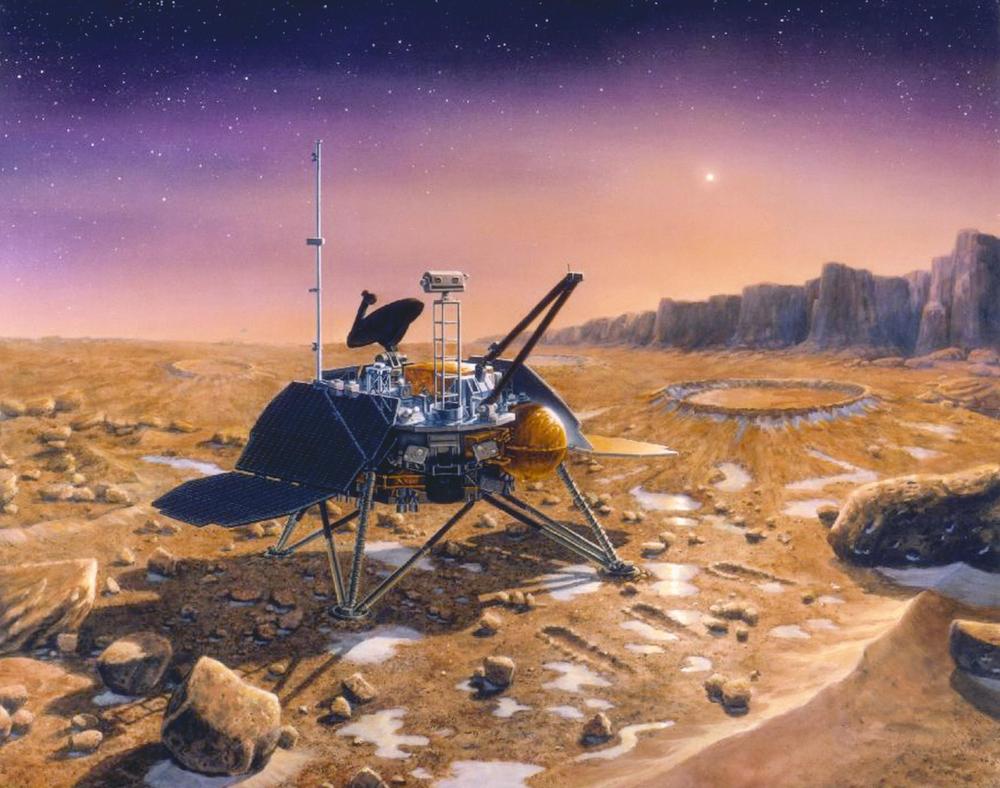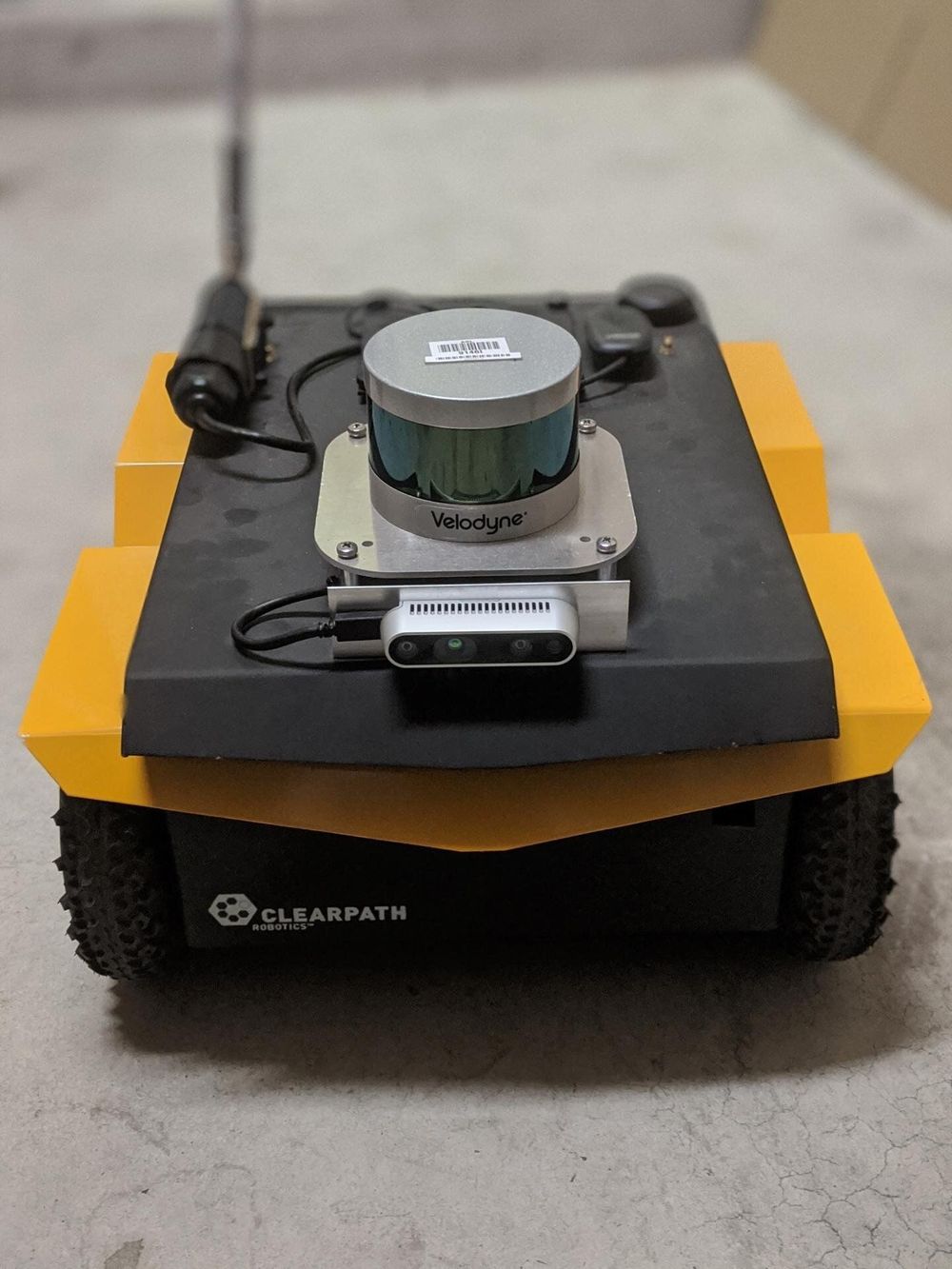Universal coherence protection has been achieved in a solid-state spin qubit – a modification that allows quantum systems to stay operational (“coherent”) for 10,000 times longer than before.



No, dear Pope Francis. I 100% share the concept of the brotherhood of all humans. There can never be too many calls for brotherhood. What I do not share in the most absolute way is that it is “useless to go to the Moon, if we are not brothers on Earth”. Quite opposite: eight billion humans, closed on the surface of our mother planet, will not be able to be brothers unless they will achieve new resources, new spaces, a new horizon of development. Remaining confined to the ground we would find ourselves competing in a zero sum game, or worse, an increasingly negative sum game, considering how much the resources of planet Earth, especially the environmental ones, are already scarce. Once again, it is up to people of good will to refuse to remain and fight among brothers and sisters, and to resume the courageous path of exploration, the search for new resources, the opening of new frontiers and human settlement in space. Properly in order to nourish the many brothers and sisters in peace, harmony and freedom. Otherwise mafias, tyrannies, selfishness, fratricide and infanticide will prevail, as history unfortunately testifies, every time a world has become small and suffocating. Pandemics such as covid19 also teach us that we will be more and more forced into immobility in our homes, if we will insist on remaining in increasing numbers in a philosophically and physically closed world. Let alone “grow and multiply”. Now, from a Jesuit Pope I would have expected at least that he would not run into the most obvious clichés, like “before going into space we must solve problems on Earth”. Quite the contrary: if we will not urgently kick-off the civil expansion into space, not only will we not be able to solve Earth’s problems, but they will get worse and worse, bringing civilization to a very dangerous point of no return.
The Feast of the Assumption of Mary into Heaven coincides with August 15th. Bergoglio remembers those who do not have the opportunity to celebrate. And on the issue of the Nile between Egypt, Ethiopia and Sudan he calls for dialogue and brotherhood.

As levels of atmospheric carbon dioxide continue to climb, scientists are looking for new ways of breaking down CO2 molecules to make useful carbon-based fuels, chemicals and other products. Now, a team of Brown University researchers has found a way to fine-tune a copper catalyst to produce complex hydrocarbons—known as C2-plus products—from CO2 with remarkable efficiency.
In a study published in Nature Communications, the researchers report a catalyst that can produce C2-plus compounds with up to 72% faradaic efficiency (a measure of how efficiently electrical energy is used to convert carbon dioxide into chemical reaction products). That’s far better than the reported efficiencies of other catalysts for C2-plus reactions, the researchers say. And the preparation process can be scaled up to an industrial level fairly easily, which gives the new catalyst potential for use in large-scale CO2 recycling efforts.
“There had been reports in the literature of all kinds of different treatments for copper that could produce these C2-plus with a range of different efficiencies,” said Tayhas Palmore, the a professor of engineering at Brown who co-authored the paper with Ph.D. student Taehee Kim. “What Taehee did was a set of experiments to unravel what each of these treatment steps was actually doing to the catalyst in terms of reactivity, which pointed the way to optimizing a catalyst for these multi-carbon compounds.”

Technology that can convert salty seawater or brackish water into safe, clean drinking water has the potential to transform millions of lives across the globe, which is why so many scientists are busy working on projects to do just that.
Now, a new innovation developed by scientists in Australia could be the most promising one yet, with researchers using metal-organic framework compounds (or MOFs) together with sunlight to purify water in just half an hour, using a process that’s more efficient than existing techniques.
It’s cheap, it’s stable, it’s reusable, and it produces water that meets the World Health Organisation (WHO) standards for desalination. Around 139.5 litres (nearly 37 gallons) of clean water can be produced per day from a kilogram (2.2 pounds) of MOF material, based on early testing.
It’s not a strobe light at a nightclub, but data from our MAVEN spacecraft reveal that the Martian sky pulses in ultraviolet light at night. The results are bein… See More.

A recent column in The Atlantic magazine, “The Most Overhyped Planet in the Galaxy” implored the research community to expand its robotic exploration horizons beyond Mars. But despite arguments for rethinking what the article’s author, Marina Koren, terms the U.S.’ scientific “Mars monopoly” in favor of some of our solar system’s less-visited outer moons, scientific understanding of the Red Planet is arguably still decades away.
Rest assured, Mars should and will remain a scientific Valhalla for decades to come.
Lifeboats.

The researchers fused machine learning from demonstration algorithms and more classical autonomous navigation systems. Rather than replacing a classical system altogether, APPLD learns how to tune the existing system to behave more like the human demonstration. This paradigm allows for the deployed system to retain all the benefits of classical navigation systems—such as optimality, explainability and safety—while also allowing the system to be flexible and adaptable to new environments, Warnell said.
In the future, a soldier and a game controller may be all that’s needed to teach robots how to outdrive humans.
At the U.S. Army Combat Capabilities Development Command’s Army Research Laboratory and the University of Texas at Austin, researchers designed an algorithm that allows an autonomous ground vehicle to improve its existing navigation systems by watching a human drive. The team tested its approach—called adaptive planner parameter learning from demonstration, or APPLD—on one of the Army’s experimental autonomous ground vehicles.
“Using approaches like APPLD, current soldiers in existing training facilities will be able to contribute to improvements in autonomous systems simply by operating their vehicles as normal,” said Army researcher Dr. Garrett Warnell. “Techniques like these will be an important contribution to the Army’s plans to design and field next-generation combat vehicles that are equipped to navigate autonomously in off-road deployment environments.”

All kinds of fascinating discoveries are likely lying in wait for us in the deep sea. Now scientists have pulled a new monster out of the waters off the coast of Indonesia. The creature is a new species of “supergiant” isopod, a huge marine relative of the common pillbug.
The discovery was made during the South Java Deep Sea Biodiversity Expedition 2018 (SJADES 2018). At depths between 950 and 1,260 m (3,115 and 4,135 ft), the team found two specimens of giant isopods that were soon determined to belong to a new species.
Named Bathynomus raksasa, the holotype, or physical specimen that serves as the basis for the description and name of the new species, is a male that was measured to be 36.3 cm (14.3 in) long, which puts it among the largest giant isopods ever found. The second specimen was a female measuring 29.8 cm (11.7 in). Along with being bigger on average, the team noted other differences when compared to the closest known species, Bathynomus giganteus, including smoother “skin” and different body proportions and shapes.
Join and follow AI Sciences.